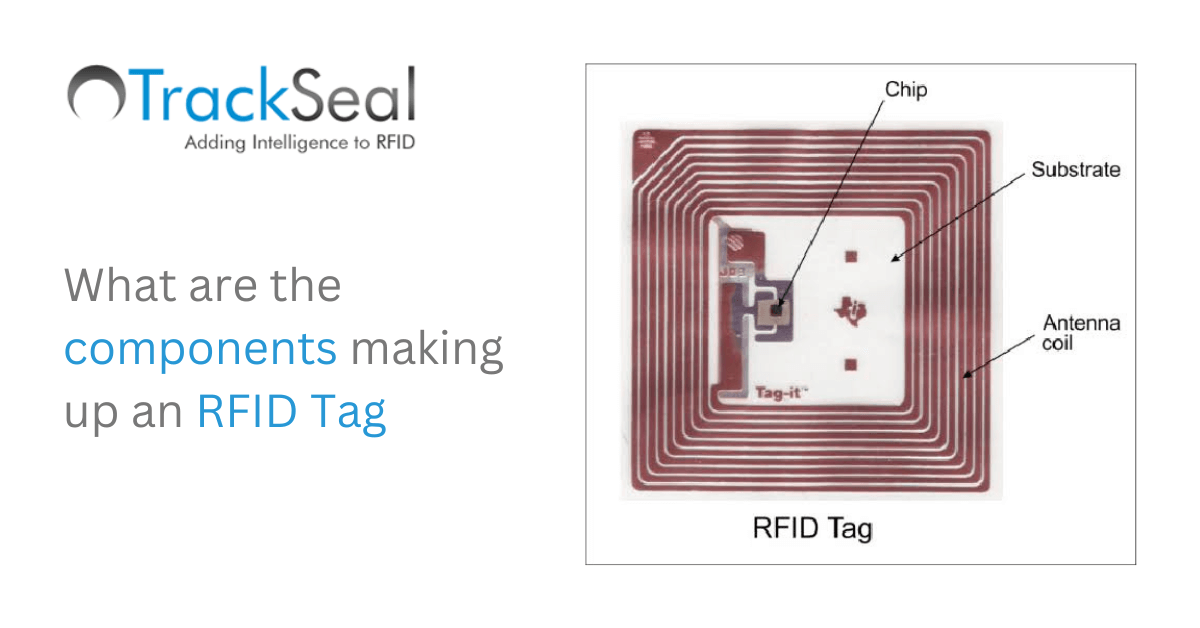What are the components making up an RFID tag

WHAT’S IN AN RFID TAG?
RFID technology allows businesses to keep better track of their assets and inventory, making it easier to find and manage these items.
RFID inventory solutions help companies effectively monitor their stock and inventory as it moves through the supply chain. These systems can track items at the pallet, carton, or item level in real-time, allowing for accurate stock counts throughout the manufacturing and sales process.
RFID tracking solutions allow businesses to locate and keep tabs on essential job site materials, like vehicles, equipment, tools and other machines. By utilizing RFID technology in areas such as offices, warehouses and work sites etc., companies can improve efficiency while also lessening losses - thereby saving themselves the cost of replacements.
RFID tag components and construction
Although you may not know it, RFID tags are actually classified as ‘smart’ tags. This is due to the fact that they include an electronic circuit or chip. And like any type of technology, these tags are becoming cheaper and more compact as time goes on. However, even though they might be small in size, RFID tags contain very sophisticated technology that sets them apart from their predecessor - the humble barcode.
RFID tags are made of three different components – an RFID chip (an integrated circuit), an antenna and a substrate (to which the other components are attached). Typically, RFID chips are made by semiconductor manufacturers, while antennae are made by the tag manufacturer.
RFID chip : This is the 'heart' of the RFID tag. It contains information about the item to which it is attached, and can also store data from its environment.
Antenna : This component broadcasts or receives signals from an RFID reader. These antennas are typically made of copper wire, etched onto a substrate material such as paper or plastic, and wired to the RFID chip.
Substrate : This is the material upon which all other components are attached. It acts as a protective layer, preventing tearing and wear-and-tear of the chip and antennae. The substrate can be made from paper, plastic, metal or any other durable material that can withstand various elements.
Before you choose an RFID tag, choose Australia’s leading RFID specialists
RFID tags have a number of components that allow them to function. The tag itself is made up of an antenna and a chip, both of which are necessary for the tag to communicate with the reader. There is also a backscatter material that helps reflect the signal from the reader back to the antenna. Together, these components create an RFID tag that can be used to track and identify objects. If you're looking for an Rfid Solutions Australia, TrackSeal has you covered. We offer a wide range of products and services that will help you get started with RFID technology today.


